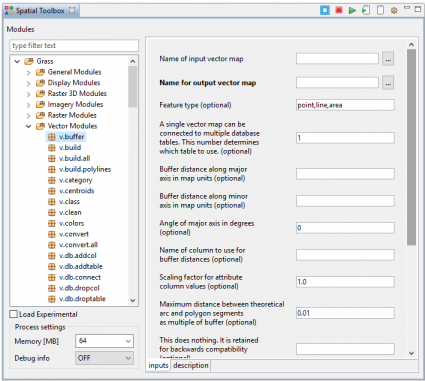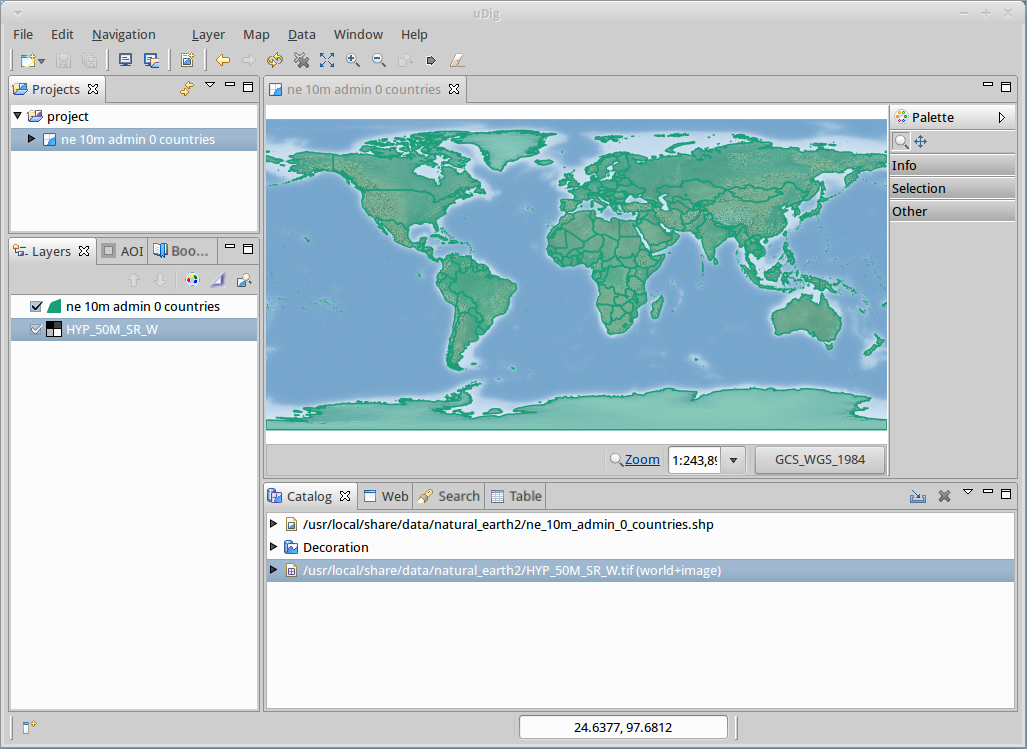
In the United States, the Army Corps of Engineers is building AutoCad format support into uDig to support its applications. JGRASS uses the algorithms of GRASS and the user-interface of uDig to provide hydrological and geomorphological analyses.Īrbonaut (a Finnish technology company) is using uDig as a framework to build ArboGIS and Taaka, proprietary forest land management applications. JGrass is a free, open source GIS based on the uDig framework. Using uDig, Eurobios has built a routing and logistics package for municipal trash collection programs. In Peru, the International Potato Centre (CIP) has used uDig as the framework for its latest release of DIVA GIS, an analytical tool for potato genetics. The BC Ministry of Forests has created a tool in uDig to merge multiple road network layers into a single consistent, connected network. The DEWS Project (tsunami Distant Early Warning System, funded under the 6th Framework Programme of the European Union) In my class, students review these case studies as illustrations of how GIS is used to analyze and solve spatial problems. The uDig website offers a gallery of example applications that show how uDig is being used. This enables uDig to operate on a reduced hardware footprint (making it an attractive target for in-the-field and relief work). UDig utilizes a unique streaming architecture that allows visualization of large quantities of data ( Teradata support). Support for a wide range of GIS formats and services, including Shape, ArcSDE, OracleSpatial, PostGIS, DB2, OpenGIS WMS and OpenGIS WFS
#Udig tutorial manual
Through the use of on-the-fly projection, information is seamlessly displayed on the same screen with no manual intervention.Īnother powerful tool is uDig's use of public catalogs to locate free spatial information using a "search and see" workflow. Geographic information can be obtained in a variety of formats and coordinate projections. Once dropped into the application, the files are then automatically loaded into the map view. With this feature, users can drag GIS files and Web service URLs directly into the application. Some of the other useful uDig features are:ĭrag and drop support across all platforms. uDig has a large community of users and followers, with easily accessible "tips" and online help readily available on the uDig “users” web page - another big plus. In addition, uDig is easily installed and comes with a set of "walkthrough" tutorials, which help to make the user experience quite pleasant. Perhaps one of the more appealing features of uDig is its user friendly interface (I would describe it as a beefed up Google Earth interface).

It provides a common Java platform for building spatial applications with open source components. UDig is a nice spatial data viewer and editor, with special emphasis on the OpenGIS standards for Internet GIS, the Web Map Server (WMS) Service and Web Feature Server (WFS) Service standards.

From the start (way back in 2004), it was designed as a general purpose development platform. uDig hits a rather powerful punch, including support for local data, databases and Internet data. UDig is the "User-friendly Desktop Internet GIS." Although it was not the first open source GIS product created, when I first used it in 2007, I knew it was for me.
#Udig tutorial license
Product: uDig Download Website: License: LGPL license Operating System: Windows, MacOS, Linux


 0 kommentar(er)
0 kommentar(er)
